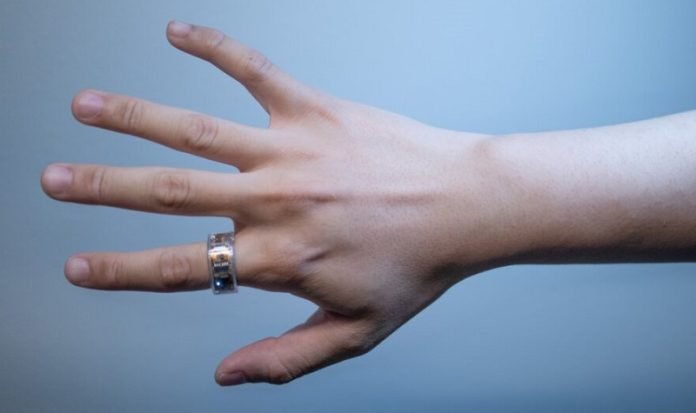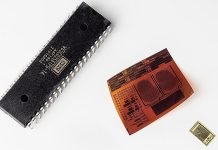
Researchers at Penn State School of Electrical Engineering and Computer Science have developed an innovative smart ring called OmniRing.
This cutting-edge device combines advanced sensors to capture finger motion and health metrics, providing exciting possibilities for healthcare and extended reality experiences.
The OmniRing is an open-source platform, allowing the research community to explore its potential applications fully. Let’s dive into the details of this groundbreaking technology.
Unlike smartwatches, the OmniRing doesn’t have a display, resulting in a longer battery life.
This enables users to wear the ring continuously, including during sleep and swimming, making it an intimate and reliable source of information.
The ring employs inertial measurement unit (IMU) sensors to detect finger motion, while photoplethysmography (PPG) sensors measure health metrics like heart rate, glucose levels, and oxygen saturation.
The rich data collected by OmniRing’s sensors allows for the capture of valuable health information.
With the ability to monitor stress levels and mood, the ring can recommend personalized meditation and relaxation activities.
Additionally, the ring’s continuous monitoring capabilities could be instrumental in detecting and managing various health conditions.
OmniRing’s technology extends to the realm of extended reality (XR), which encompasses virtual, augmented, and mixed reality experiences. By capturing precise finger motion, the ring enables effortless interaction with connected devices using hand gestures.
Moreover, the ring can potentially facilitate sign language recognition and translation by integrating with other sensors, aiding individuals in overcoming communication barriers.
The research team has taken a groundbreaking approach by developing OmniRing as an open-source platform.
This means that all details, including hardware, software, and firmware, are fully disclosed. By doing so, the research community can explore and develop novel applications and potential use cases for this versatile technology.
The OmniRing team has actively collaborated with experts in various fields, such as sign language education, to explore new possibilities.
By incorporating feedback from potential customers and partners, they aim to refine the technology and identify the most relevant applications. The team is also seeking collaboration opportunities for further research and commercialization.
OmniRing represents an exciting step forward in the fields of healthcare and extended reality. This smart ring, equipped with advanced sensors, has the potential to revolutionize the way we monitor health and interact with digital devices.
By combining motion tracking and health metrics, the OmniRing offers a range of possibilities for personalized and immersive experiences.
With an open-source design, the research community can contribute to unlocking the full potential of this groundbreaking technology.




